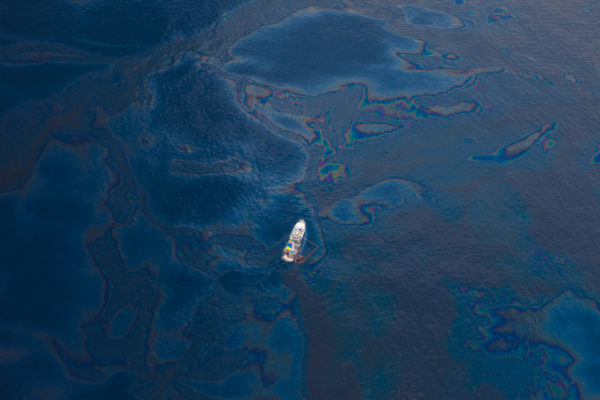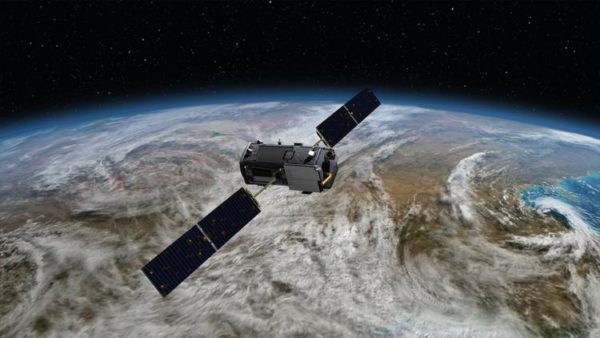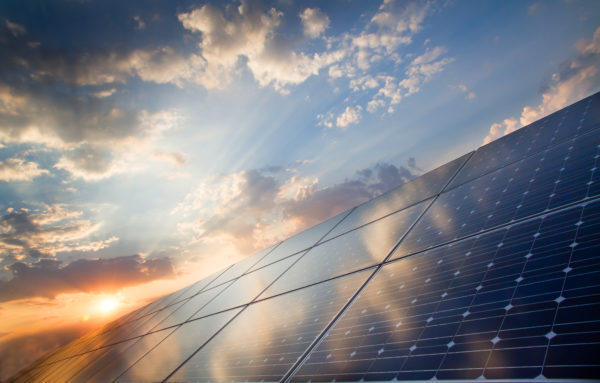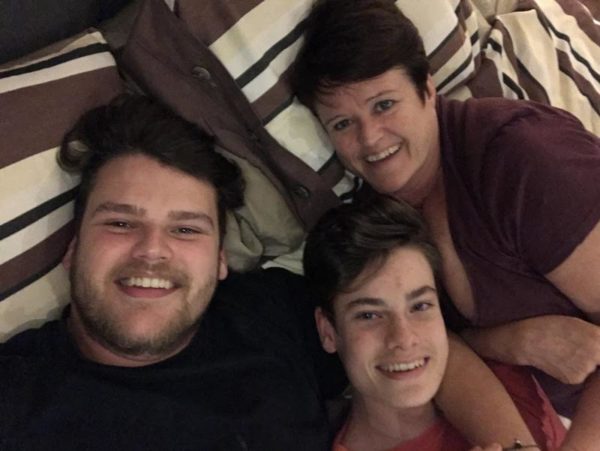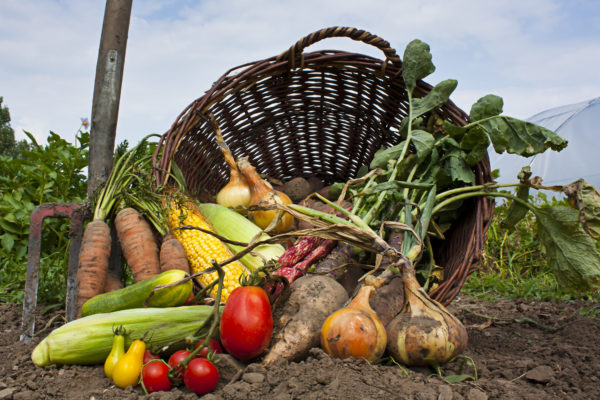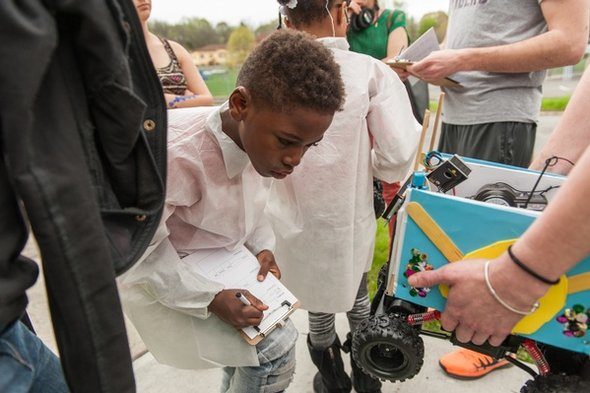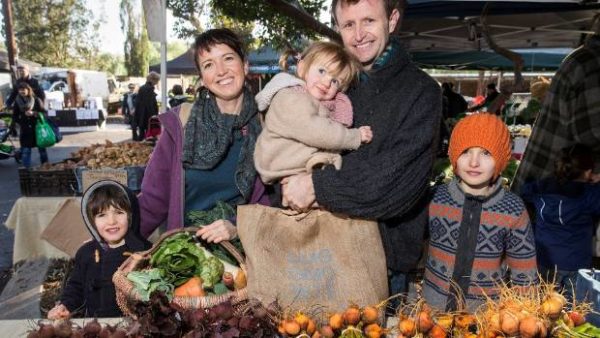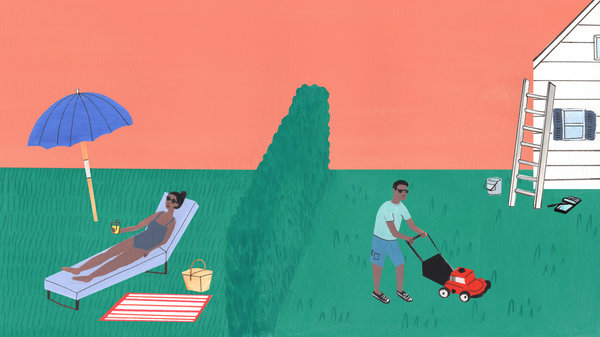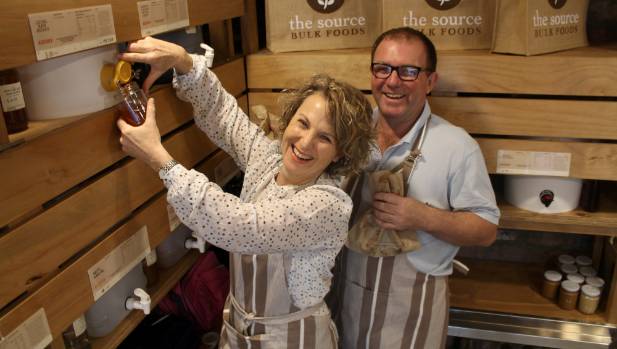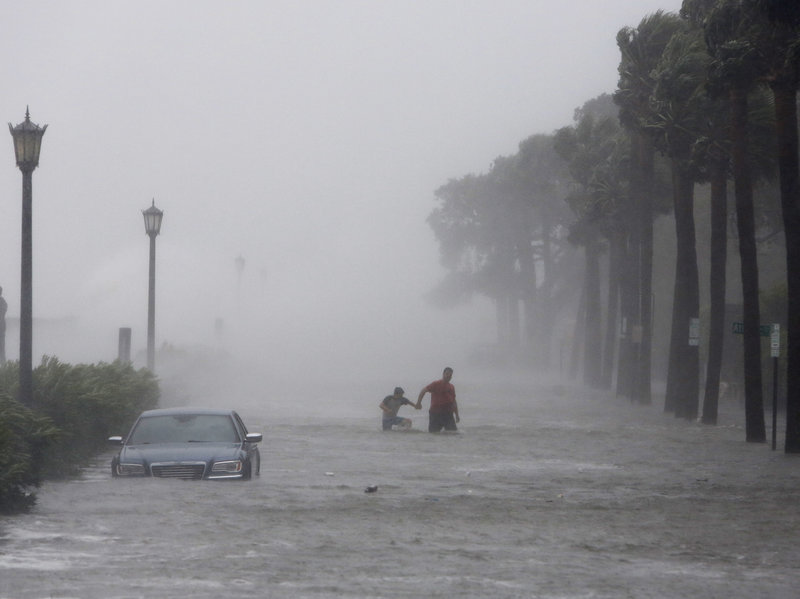An oil spill in the Gulf of Mexico last week may be the largest in the U.S. since the 2010 blowout at BP Plc’s Macondo well that sank the Deepwater Horizon rig and killed 11 people. LLOG Exploration Co. reported 7,950 to 9,350 barrels of oil were released Oct. 11 to Oct. 12 from subsea infrastructure about 40 miles (64 kilometers) southeast of Venice, Louisiana, according to the company and the U.S. Bureau of Safety and Environmental Enforcement. That would make it the largest spill in more than seven years, BSEE data show, even though it’s a fraction of the millions of barrels ejected in the 2010 incident.An oil spill in the Gulf of Mexico last week may be the largest in the U.S. since the 2010 blowout at BP Plc’s Macondo well that sank the Deepwater Horizon rig and killed 11 people. LLOG Exploration Co. reported 7,950 to 9,350 barrels of oil were released Oct. 11 to Oct. 12 from subsea infrastructure about 40 miles (64 kilometers) southeast of Venice, Louisiana, according to the company and the U.S. Bureau of Safety and Environmental Enforcement. That would make it the largest spill in more than seven years, BSEE data show, even though it’s a fraction of the millions of barrels ejected in the 2010 incident.
Continue reading... →Fires, drought and warmer temperatures were to blame for excess carbon dioxide in the atmosphere during the 2015-2016 El Niño, scientists with NASA’s Orbiting Carbon Observatory-2 say. The findings, part of five papers published in the journal Science, shed light on the mechanisms through which Earth “breathes” carbon dioxide, a potent greenhouse gas, and reveal how those mechanisms affect climate change. Global temperatures have been on the rise, thanks largely to the human-driven increase in greenhouse gases like carbon dioxide. But not all of the carbon dioxide produced each year ends up in the atmosphere. Some of it gets trapped in the ocean, or locked on land thanks to plants that use the gas during photosynthesis.
Continue reading... →A new International Energy Agency report contains some startling findings about solar energy dominance and its future. The study found that renewables comprised 66% of all new net electricity capacity additions in 2016. Two-thirds of added capacity, in other words, consisted of photovoltaic solar cells, wind turbines and biofuels. 165 gigawatts of new solar was added in 2016. In 2016, new solar photovoltaic capacity globally grew by 50 percent.
Continue reading... →Women play a vital role in society; we are the hub in the wheel on which the family resides, we are the silent hard workers. A woman symbolizes the earth, she searches for food and offers protection and safety.
Through the generations, women have fought for the right to vote, an end to sexual violence, equal rights in family law, fair wages or equal pay, the rights to own property and to education, the list is endless. Our next pivotal role now, which has always been of paramount importance but has become critical: our role in sustainability.
I believe that we can be catalysts for innovation in sustainability. We are naturally nurturing and what better a cause to fight for than mother earth and the health of its inhabitants.
A new study from the Journal of Consumer Research is disproving some long held theories about how people make changes in what they shop for in the produce aisle. Researchers followed 8,700 consumers for 20 months, using information gleaned from a customer rewards service at a huge Dutch retailer. It has generally been assumed that people start with one organic product—most commonly, organic milk. They may then take the next step up, but it’s a fairly long journey from one product to the next. Actually, it’s an incredibly smooth transition.
Continue reading... →Parents and teachers who are searching for ways to engage kids with local environmental issues might look to their community parks or science museums for opportunities. But what about art? Environmental issues can often be overwhelming or disheartening for members of the public, and art offers an innovative way to promote interest that can lead to deeper engagement down the line. This approach presents a particular opportunity for younger audiences, combining activities they love – like coloring, building, and crafts – with the basics of environmental issues.
Continue reading... →Melbourne physiotherapist Lauren Dircks and her husband Andrew Casey began their ethical shopping journey when they had their first child nine years ago. The couple had already done a six-month course on sustainable living and saw an opportunity to make food choices that aligned their environmental principles with better health. “It was about making different choices and how you can take little steps to be a better global citizen,” Lauren says.
Continue reading... →Money can’t buy happiness, right? Well, some researchers beg to differ. They say it depends on how you spend it. A recent study published in the Proceedings of the National Academy of Sciences suggests that when people spend money on time-saving services such as a house cleaner, lawn care or grocery delivery, it can make them feel a little happier. By comparison, money spent on material purchases — aka things — does not boost positive emotions the way we might expect.
Continue reading... →A brother-sister duo have teamed up to give shoppers on Auckland’s North Shore a taste of nostalgia. Andrea and Robert Watt have opened The Source Bulk Food in Milford, bringing unbranded, bulk food retail to the community in an effort to revitalize old-fashioned grocery shopping. The business stocks more than 400 products from as close to the source as possible, and is committed to being zero-waste, vetoing the use of plastic bags in favor of recyclable paper ones.
Continue reading... →